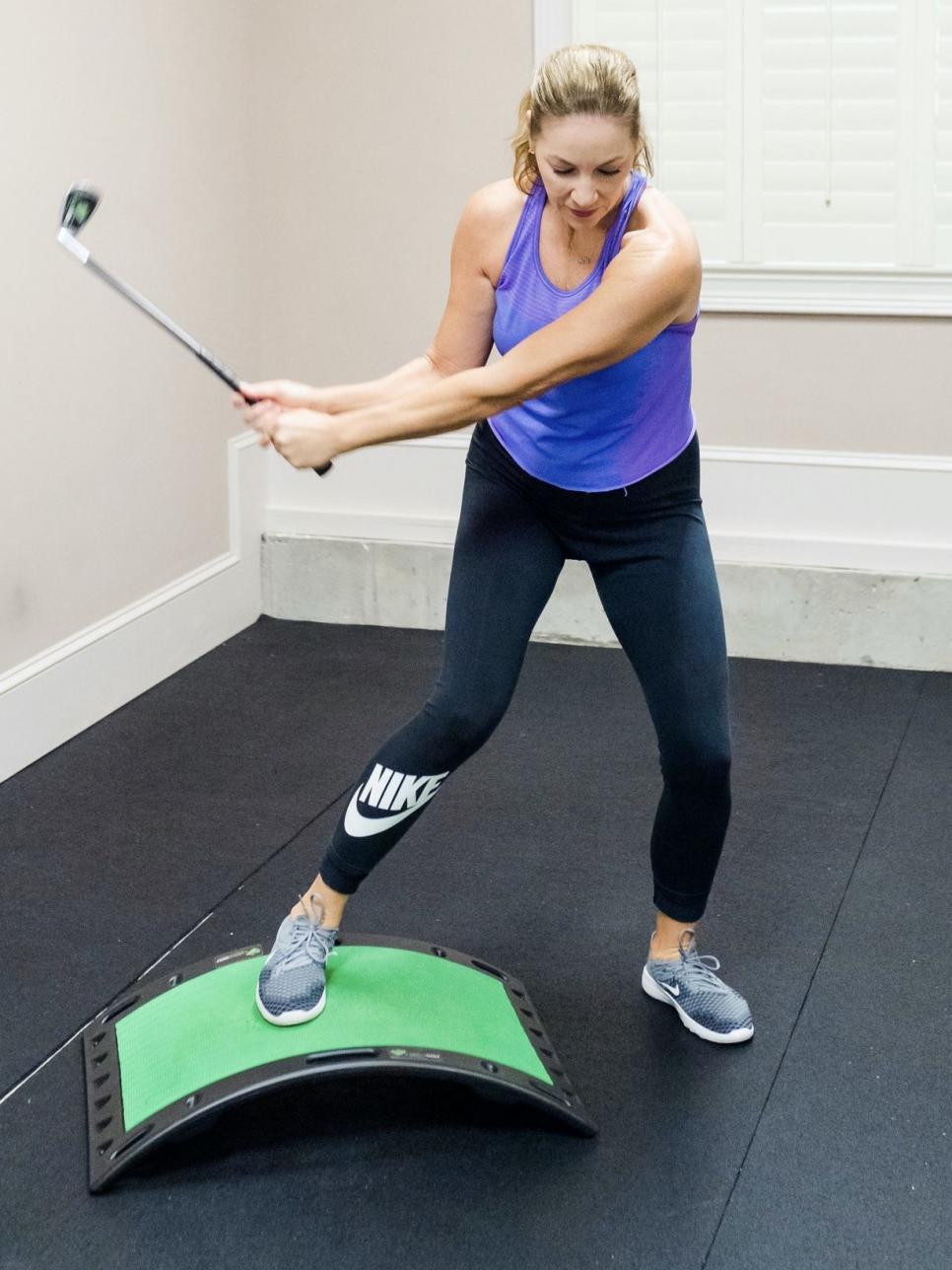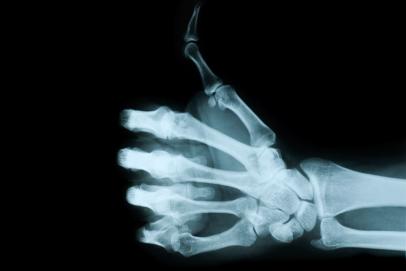Amp up your golf performance with this easy cardio routine – Australian Golf Digest

- by Admin
- May 17, 2024

With the rising popularity of fitness trackers, golfers now have the ability to monitor in real-time how fast their heart is beating during a round of golf. When walking a course and carrying a bag, the typical middle-aged golfer can expect their heart to beat 110 to 120 times per minute for the majority of the round, which would qualify as moderate-intensity physical activity by the Centers for Disease Control and Prevention.
There will be times, however, when that rate can spike above 130 bpm, which is considered vigorous-intensity physical activity for a 50-year-old golfer. For millennials (ages 27 to 42), the “vigorous” threshold would be in the 140 to 170 bpm range.
Knowing this, many golfers wonder if they should be doing activities to improve overall heart health, especially as it relates to the endurance and concentration aspects of golf, says Golf Digest Certified Fitness Trainer Karen Palacios-Jansen. Karen’s CardioGolf Studio is in Mooresville, N.C.
MORE: This major champ used ballet to get better at golf. Here’s how dance can benefit your game, too
“I recommend adding cardio/endurance training into a golf-fitness program,” she says. “Not only because it’s recommended that everyone (golfer or not) reach a minimum of 30 minutes of some form of cardiovascular exercise five to seven days per week to keep your heart healthy, but it also will improve your endurance on the golf course. In a round of golf, you alternate between movements that require high stress loads on the body to periods of rest to periods of low-grade cardio.
“So I recommend that golfers train similar to how middle-distance runners train. Don’t worry, you don’t have to run, but you do have to alternate between low-impact muscular endurance exercises and short bursts of high-intensity cardio (these can also be low-impact) so that your body is prepared for the stop-and-start nature of a round of golf.”
KPJ (as she’s often called) recommends four cardio exercises that not only boost heart performance, but also mimic some of the physical challenges when walking a golf course. She says you can do them on a treadmill or stepping in place on a cushioned floor, and hopefully eventually graduate to doing them on steps or a box. She does have a product called the CardioGolf Fit Slope (photo below) designed for this workout, but it’s not required.
You can customize all of these moves to your current fitness level and the amount of time available. As with all vigorous exercise, consult your doctor before “diving in.” And it’s best to start slow before progressing in intensity. Here are her four cardio recommendations:
Walking Lunges: “Forward lunges on the Fit Slope or similar are an excellent way to build lower-body strength, stability and cardiovascular endurance. As you ascend and descend the Fit Slope or step, your muscles are forced to work harder to maintain balance and control while increasing heart rate.”
Interval Sprints: “Mimicking the stop-and-start nature of golf, interval sprints are an effective way to improve cardiovascular fitness and explosive power. Step up and down for 30 seconds, then increase intensity by jogging or jumping depending on your fitness level for 30 seconds. You can also alternate between short bursts of sprinting uphill and walking or jogging downhill on a treadmill to simulate the intensity of a golf round. This interval training approach mirrors the demands of a middle-distance sport, where athletes must perform brief bursts of activity followed by periods of recovery.”
Side Shuffles: “Side shuffles help develop lateral agility and quickness, essential for moving efficiently around the golf course and adjusting to uneven lies. By incorporating lateral movement into your cardio routine, you’ll enhance your ability to maintain balance and stability during the golf swing, leading to more consistent ball-striking.”
Uphill Walking or Jogging: “Simply stepping up and down on a step or box simulates walking on an uphill slope that you might encounter on the golf course. The incline adds resistance, forcing your heart and lungs to work harder to supply oxygen to the muscles. This steady-state cardio exercise is particularly beneficial for building endurance, which is essential for sustaining energy levels over the course of a round of golf.”
Click on this link for more information on Golf Digest’s Fitness Trainer Certification program.
More From Golf Digest Fitness  fitness Golf Digest Logo 3 at-home exercises to get in golf shape for under $100
fitness Golf Digest Logo 3 at-home exercises to get in golf shape for under $100  ouch Feeling banged up? Here’s a handy guide to pain relief
ouch Feeling banged up? Here’s a handy guide to pain relief  fitness friday Protect your wrists this golf season
fitness friday Protect your wrists this golf season
This article was originally published on golfdigest.com
The Latest News
-
November 15, 2024Australian bounce India’s arch-enemy amid KL Rahul dilemma
-
November 15, 2024Nick Kyrgios set to make long-awaited return to tennis as comeback date revealed
-
November 15, 2024List wins elusive DP World Tour card, Barron loses his
-
November 15, 2024India great warns ‘the king is back in his territory’ as struggling Virat Kohli returns for fifth tour
-
November 15, 2024‘Adaptable’ Murphy spins out WA to put Vics in control | cricket.com.au





